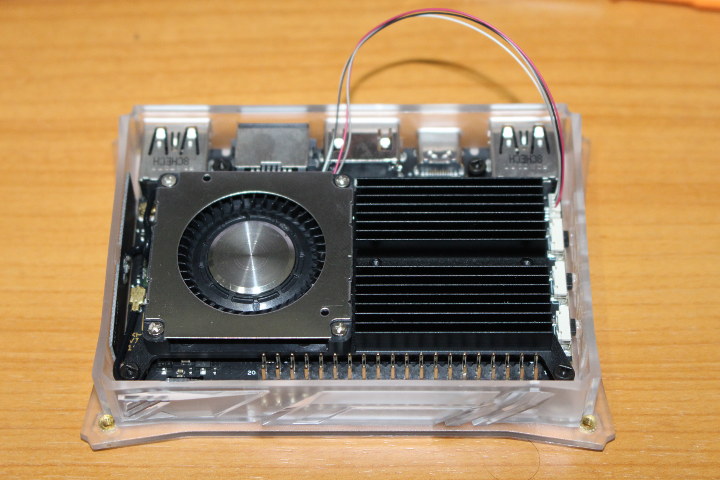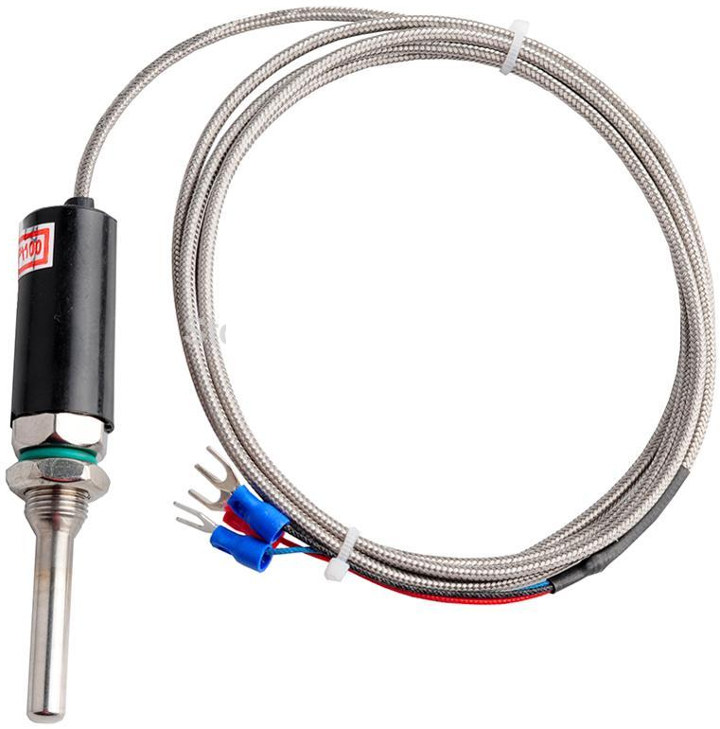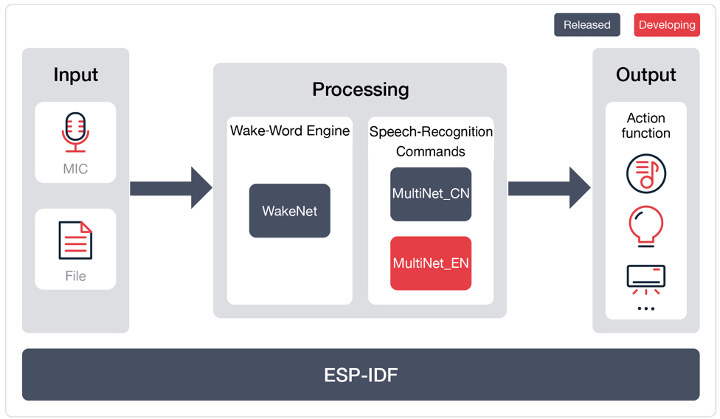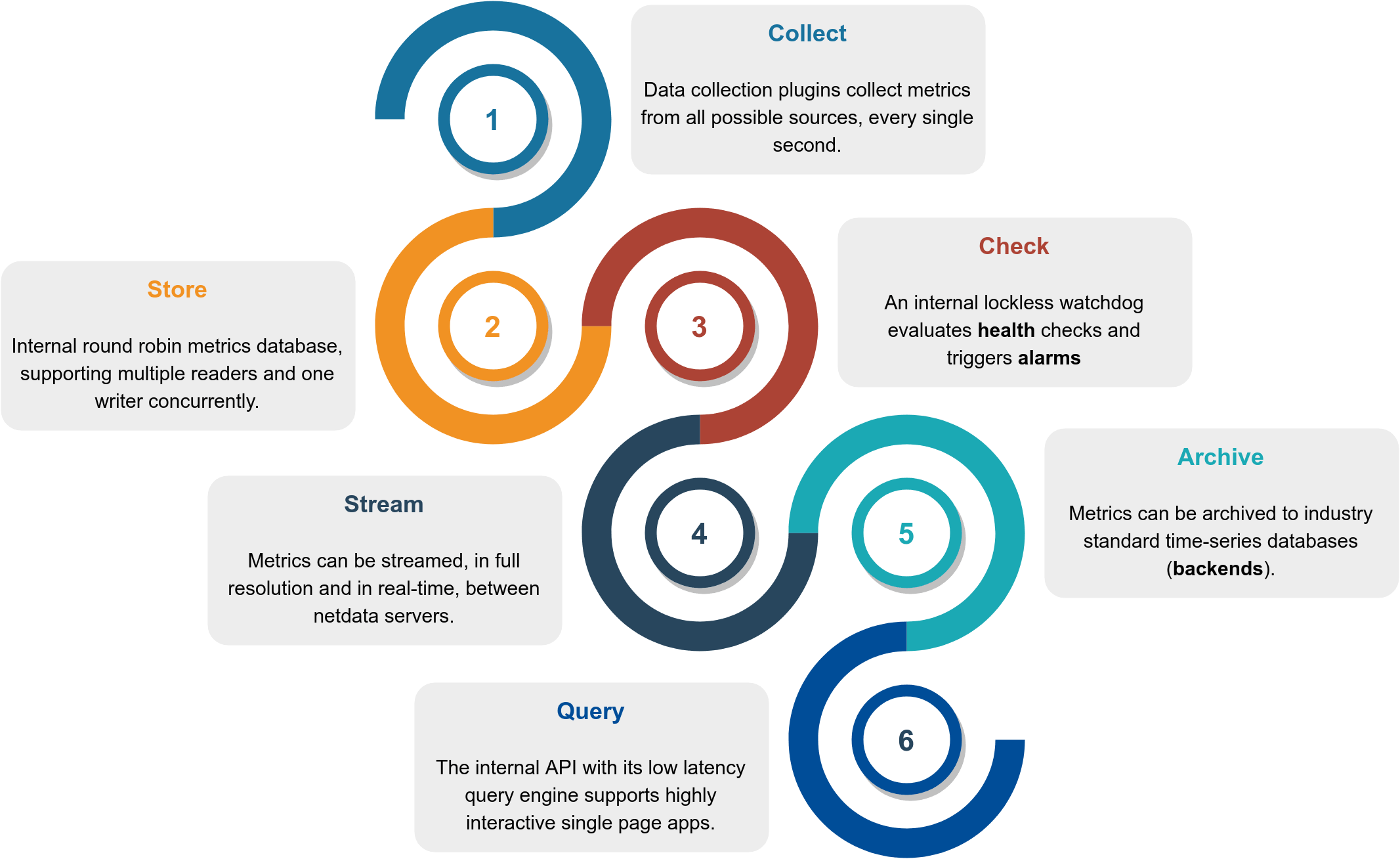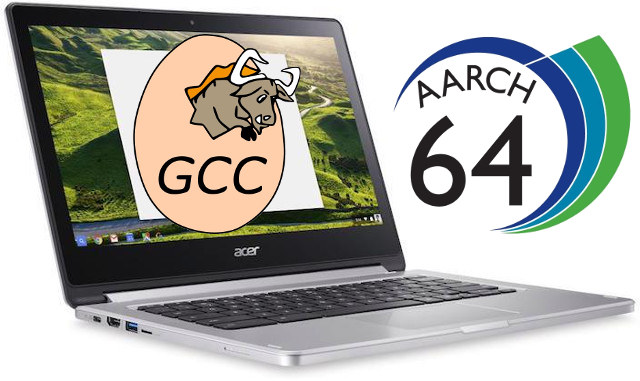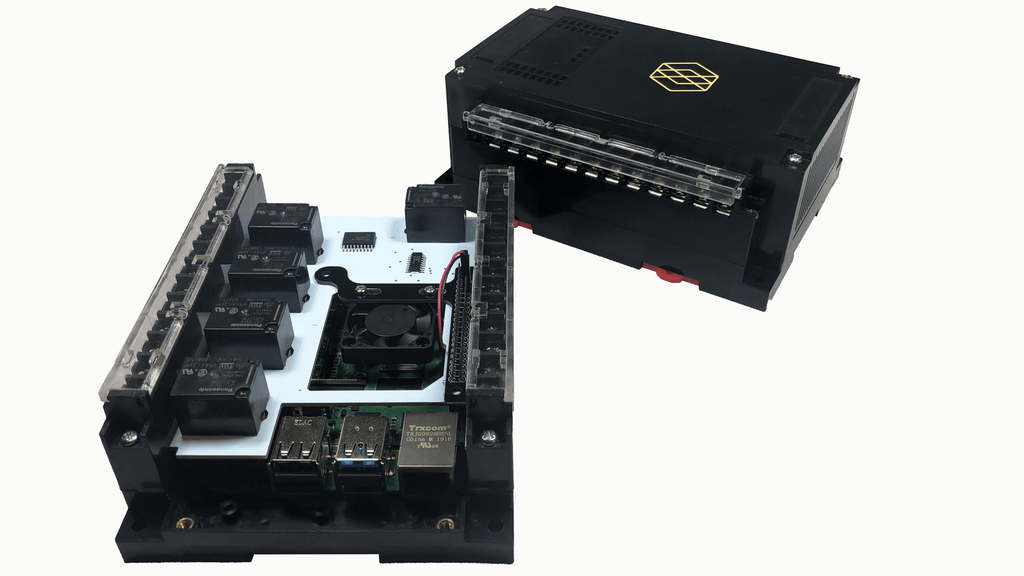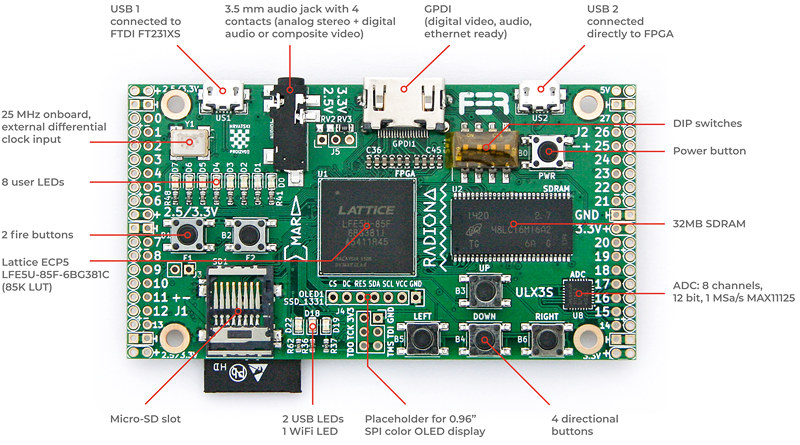One of the most popular applications of artificial intelligence is object detection where you have models capable of detecting objects or subjects being cats, dogs, cars, laptops, or other. As I discovered in a press release by Gyrfalcon, there’s something similar for videos called CDVA (Compact Descriptors for Video Analysis) that’s capable of analyzing the scene taking place, and describe it in a precise manner. The CDVA standard, aka MPEG ISO/IEC 15938-15, describes how video features can be extracted and stored as compact metadata for efficient matching and scalable search. Gyrfalcon published a press release, their Lightspeeur line of AI chips will adapt CDVA. You can get the technical details in that paper entitled “Compact Descriptors for Video Analysis: the Emerging MPEG Standard”. CDVA still relies on (CNN Convoluted Neural Network) but do so but extracting frames first, append a timestamp and the encoded CDVA descriptor to the video, which […]
Khadas VIM3 Linux Benchmarks and Comparison to Raspberry Pi 4
I received Khadas VIM3 Amlogic A311D SBC in early July and started testing it with Android running some benchmarks and playing games last month. I was impressed by graphics performance and overall benchmark results in Android, especially the results I got with a heatsink matched Khadas own results with heatsink + fan. So I installed the latest Ubuntu 18.04 available at the time (July 19) in order to repeat benchmarks in Linux and see how it goes. System info in Ubuntu 18.04:
|
1 2 3 4 5 6 7 8 9 10 11 12 13 14 15 16 17 18 19 20 |
khadas@Khadas:~$ cat /etc/lsb-release DISTRIB_ID=Ubuntu DISTRIB_RELEASE=18.04 DISTRIB_CODENAME=bionic DISTRIB_DESCRIPTION="Ubuntu 18.04.2 LTS" khadas@Khadas:~$ uname -a Linux Khadas 4.9.179 #73 SMP PREEMPT Fri Jul 19 09:56:46 CST 2019 aarch64 aarch64 aarch64 GNU/Linux khadas@Khadas:~$ df -h Filesystem Size Used Avail Use% Mounted on udev 305M 0 305M 0% /dev tmpfs 187M 9.5M 177M 6% /run /dev/rootfs 15G 2.6G 12G 19% / tmpfs 931M 0 931M 0% /dev/shm tmpfs 5.0M 4.0K 5.0M 1% /run/lock tmpfs 931M 0 931M 0% /sys/fs/cgroup tmpfs 187M 12K 187M 1% /run/user/1000 khadas@Khadas:~$ free -m total used free shared buff/cache available Mem: 1861 358 1100 10 402 1479 Swap: 930 0 930 |
I decided to install armbianmonitor to draw some nice temperature charts as I did with Raspberry Pi 4:
|
1 2 3 4 5 6 |
wget https://github.com/armbian/build/raw/master/packages/bsp/common/usr/bin/armbianmonitor sudo cp armbianmonitor /usr/bin/ sudo chmod +x /usr/bin/armbianmonitor sudo apt-key adv --recv-keys --keyserver keyserver.ubuntu.com 2C0D3C0F sudo wget http://goo.gl/vewCLL -O /etc/apt/sources.list.d/rpimonitor.list sudo armbianmonitor -r |
But I had some error during installation:
|
1 2 3 4 |
sudo armbianmonitor -r Installing RPi-Monitor. This can take up to 5 minutes. Be patient please/usr/bin/armbianmonitor: line 189: /etc/armbian-release: No such file or directory Now you're able to enjoy RPi-Monitor at http://192.168.1.8:8888 |
And while I can load the webpage with top menu appearing, it won’t show any data, as its name implies it may only work in Armbian. SBC Bench on Khadas VIM3 Let’s download SBC bench:
|
1 |
wget https://raw.githubusercontent.com/ThomasKaiser/sbc-bench/master/sbc-bench.sh |
Note that I had […]
PT100 Resistance Temperature Detector (RTD) Probes Support Extreme Temperature Ranges
I’ve been playing with temperature measurements in several hardware platforms such as Texas Instruments eZ430-Chronos Watch, Sonoff SC environmental monitor, Wemos D1 board with aDHT21 temperature sensor, or more recently ANAVI Thermometer with the last three platforms based on ESP8266 WiSoC. All four devices/boards above have temperature sensors designed to measure ambient temperature with for example DHT22 having a range of -40 to +125 degrees Celsius. I had also come across DS18B20 waterproof temperature probe to measure liquid temperature several times with a range of -55 to 125°C. Good for most use cases, and for example you could check boiling water with the later. But I had never really thought about measuring data for much lower or much higher temperatures, and this morning I came across two “PT100” temperature probes on IC Station new arrivals feed namely WZP-187 ($4.89) and an unnamed probe ($3.42) respectively capable of -200°C to +400°C […]
Espressif ESP-Skainet Voice Assistant Offers Wake Word Engine and Speech Commands Recognition for Embedded MCUs
Skynet is finally here! OK, not quite, but at least we do have ESP-Skainet now courtesy of Espressif Systems. ESP-Skainet is an intelligent voice assistant that features the company’s WakeNet wake word engine and MultiNet speech commands recognition. WakeNet WakeNet has been specifically designed for low-power MCUs such as ESP8266 or ESP32 with a low memory footprint (20KB RAM) and a high calculation speed that makes it capable of achieving a high success rate for wake word detection even in noisy environments. Tested in the company’s upcoming LyraT-Mini audio board that combines an ESP32-WROVER-B module and a codec, WakeNet achieves a 97% wake word success rate at a one-meter distance, and 95% three meters away in a quiet environment. ESP-Skainet wake-up engine ships with the wake-up word “嗨乐鑫” (Hi Lexin), which translates in “Hello Espressif”, and supports up to five wake words. You can use customize wake words as well, […]
Real-Time Performance and Health Monitoring Using Netdata
Netdata is a real-time open source monitoring tool, that generates hundreds of metrics of performance and health monitoring parameters. Netdata is capable of visualizing this data with real-time capabilities along with alerts and notifications. This monitoring agent can be installed in all variant of Linux systems, Mac OS, FreeBSD and in Raspberry Pi . Netdata provides options for archiving the metrics to a remote server by using TimeSeries Databases and processing engines, and can be visualized using Grafana or other tools. Architecture Overview Metrics collector Fetches various system & health monitoring parameters (uptime, CPU load, CPU usage, RAM utilization, disk usage etc.) . Fetches application metrics including web servers, databases, containers, etc… Netdata’s Internal plugins collect most of the metrics from standard Linux system parameters such as /proc, /sys and other Linux kernel sources External plugins contains ready to use plugins developed by using other programing language and interfaced to […]
How to Sandbox an arm64 GCC on aarch64 Hardware with armv7 Userspace
CNXSoft: Guest post by Blu about setting up arm64 toolchain on 64-bit Arm hardware running a 32-bit Arm (Armv7) rootfs. Life is short and industry progress is never fast enough in areas we care about. That’s an observation most of us are familiar with. One would think that by now most aarch64 desktops would be running arm64 environments, with multi-arch support when needed. Alas, as of late 2019, chromeOS on aarch64 is still shipping an aarch64 kernel and an armhf userspace. And despite the fine job by the good folks at chromebrew, an aarch64 chromeOS machine in dev mode ‒ an otherwise excellent road-warrior ride, is stuck with 32-bit armhf. Is that a problem, some may ask? Yes, it is ‒ aarch64 is the objectively better arm ISA outside of MCUs, from gen-purpose code to all kinds of ISA extensions, SIMD in particular. That shows in contemporary compiler support and […]
Pi-oT Raspberry Pi Add-on Board Targets Commercial & Industrial IoT Automation (Crowdfunding)
USA Based Startup Builds RPi Add-on Pi-oT, a Cleveland based startup has launched a Kickstarter campaign for a Raspberry Pi add-on for commercial and industrial IoT automation. The unit is a full mountable chassis with fan and DIN-rail that extends the Pi’s GPIO with 26-pin terminal connectors and provides 5x relays, 8x ADCs, and power outputs. We have reported on a variety of uses for the Raspberry Pi SBC, from home automation to development in IoT, to hobby projects, and in education settings. It is not surprising to see an automation module developed for IoT industrial applications around the popular and powerful SBC. The Choices The Kickstarter campaign has passed its low initial target and is set to ship at the end of October. There is an early launch discount on the unit’s price of $40 for commercial and $50 for industrial backers. That early bird type special is 15% […]
ULX3S Education Board is Powered by Lattice Semi ECP5 FPGA & ESP32 WiFi/BLE Module
A few days ago, we covered the KiCAD designed OrangeCrab open-source hardware board powered by a Lattice Semi ECP5 FPGA, and compliant with Adafruit Feather form factor. It’s turned out there’s another Lattice Semi ECP5 FPGA board that’s also designed with KiCAD and open source hardware. Radiona ULX3S differs are it’s larger and exposes more I/Os since it was specifically designed to meet the meets of the digital logic course at the Faculty of Electrical Engineering and Computing (FER) of the University of Zagreb in Croatia. ULX3S specifications: FPGA – Lattice ECP5 LFE5U-85F-6BG381C with 84K LUT System Memory – 32MB SDRAM @ 166 MHz Storage – 4–16MB Quad-SPI Flash for FPGA config and user data storage; MicroSD slot Audio – 3.5 mm jack with 4 contacts (analog stereo + digital audio or composite video) Video – Digital video (GPDI General-Purpose Diferential Interface) with 3.3V-5V I2C bidirectional level shifter Display – […]



